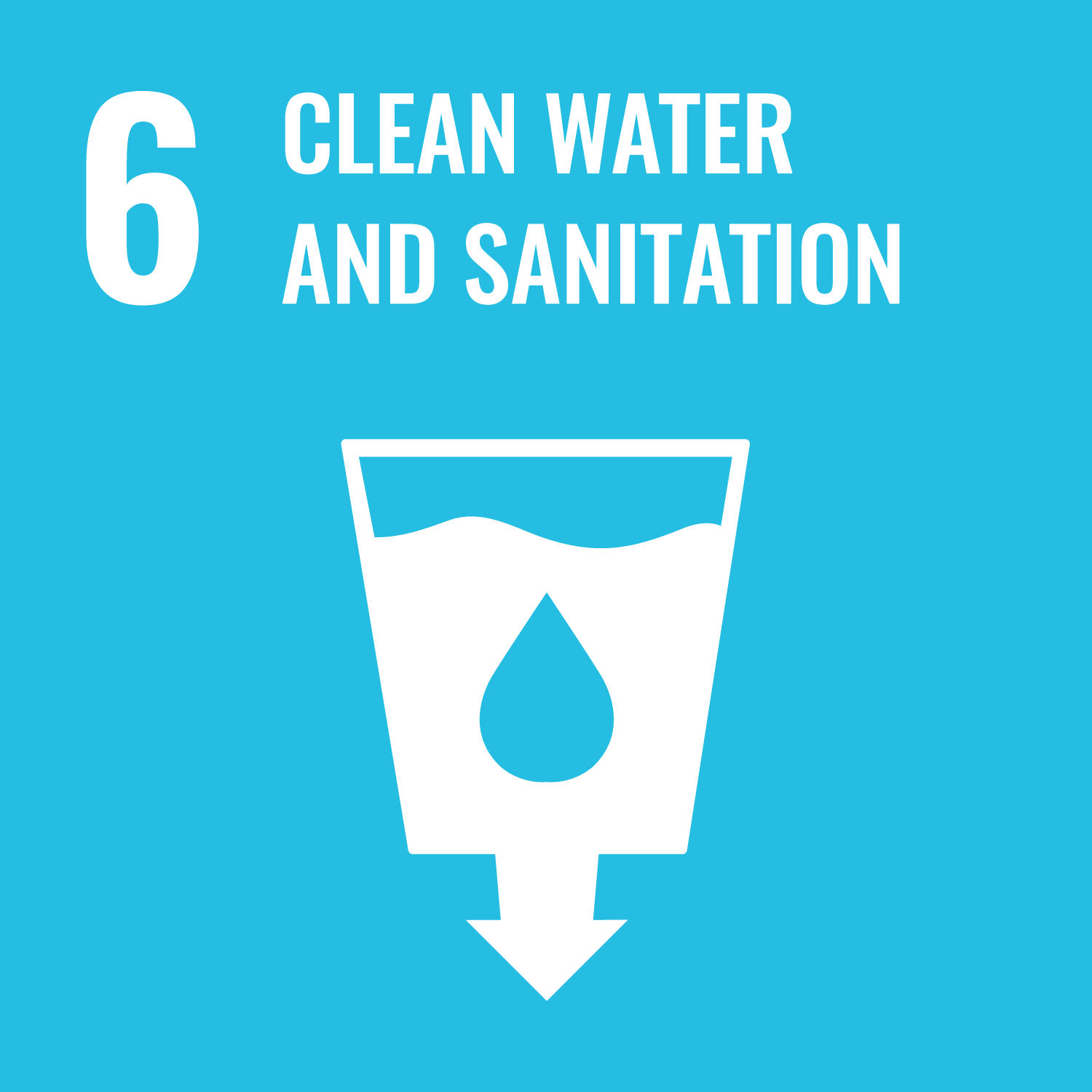ORCID
- Enrique Muñoz-Arcos: 0000-0003-1485-3613
- Claire Kelly: 0000-0002-3809-225X
- William H. Blake: 0000-0001-9447-1361
Abstract
Siltation and the loss of hydropower reservoir capacity is a global challenge with a predicted 26 % loss of storage at the global scale by 2050. Like in many other Latin American contexts, soil erosion constitutes one of the most significant water pollution problems in Chile with serious siltation consequences downstream. Identifying the sources and drivers affecting hydropower siltation and water pollution is a critical need to inform adaptation and mitigation strategies especially in the context of changing climate regimes e.g. rainfall patterns. We investigated, at basin scale, the main sources of sediments delivered to one of the largest hydropower reservoirs in South America using a spatio-temporal geochemical fingerprinting approach. Mining activities contributed equivalent to 9 % of total recent sediment deposited in the hydropower lake with notable concentrations of sediment-associated pollutants e.g. Cu and Mo in bed sediment between the mine tributary and the reservoir sediment column. Agricultural sources represented ca. 60 % of sediment input wherein livestock production and agriculture promoted the input of phosphorus to the lake. Evaluation of the lake sediment column against the tributary network showed that the tributary associated with both dominant anthropogenic activities (mining and agriculture) contributed substantially more sediment, but sources varied through time: mining activities have reduced in proportional contribution since dam construction and proportional inputs from agriculture have increased in recent years, mainly promoted by recent conversion of steep lands from native vegetation to agriculture. Siltation of major hydropower basins presents a global challenge exemplified by the Rapel basin. The specific challenges faced here highlight the urgent need for co-design of evidence-led, context-specific solutions that address the interplay of drivers both within and without the basin and its communities, enhancing the social acceptability of sediment management strategies to support the sustainability of clean, hydropower energy production.
DOI Link
Publication Date
2024-03-01
Publication Title
Science of the Total Environment
Volume
914
ISSN
0048-9697
Acceptance Date
2024-01-03
Deposit Date
2024-08-16
Additional Links
Keywords
Basin scale, Contaminants, Fingerprinting, Sediments, Water-energy-food security
Creative Commons License

This work is licensed under a Creative Commons Attribution 4.0 International License.
Recommended Citation
Bravo-Linares, C., Ovando-Fuentealba, L., Muñoz-Arcos, E., Kitch, J., Millward, G., López-Gajardo, R., Cañoles-Zambrano, M., Del Valle, A., Kelly, C., & Blake, W. (2024) 'Basin scale sources of siltation in a contaminated hydropower reservoir', Science of the Total Environment, 914. Available at: 10.1016/j.scitotenv.2024.169952



